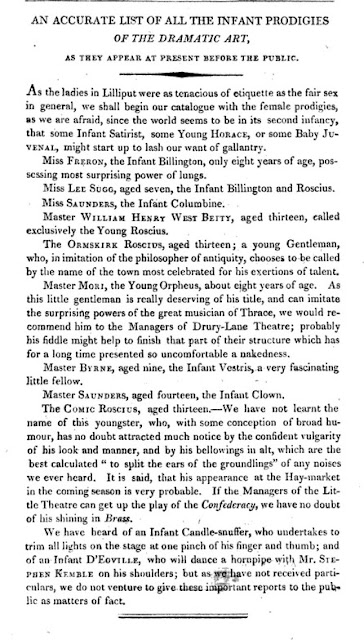Christmas has always been a time of revelry and merriment. The degree of gaiety and carousing seems to have varied by social class and, of course, economic circumstance.
Entertainments for the upper classes seemed to include grand dinners, great balls, and charitable giving. Little illustration is extant from these activities.
Among the lower classes, uninhibited romps have been illustrated of the activities of servants and retainers, generally around the fireplace, in a comfortable hall or kitchen.
Mistletoe
is rarely mentioned in the activities of the upper classes, but it features
prominently in the illustrations of lower class gatherings.
 |
| from the book "Popular Pastimes" of 1816 |
The following item from the Oxford University and City Herald - Saturday 06 December 1817 indicates that mistletoe was typically hung in kitchens.
The above picture, published in 1800, shows yet another kitchen with a mistletoe bough.
There was a fear that there might be a mistletoe shortage in Bath in 1818.
 |
| Bath Chronicle and Weekly Gazette - Thursday 24 December 1818 |
The final statement on mistletoe's place in Christmas celebrations must go to Washington Irving. His "Old Christmas" with its illustrations by Randolph Caldecott is the quintessential commentary on the Regency Christmas, although it was written in about 1875.
The note to the illustration is particularly telling...
Real mistletoe is hard to obtain where I live. I have a sad, artificial version which is almost an insult to this fascinating piece of Christmas history!
I wish you all the blessings of the festive season no matter what you celebrate, or how...
'Til next time,
Lesley-Anne











%20-%20Saturday%2028%20July%201810%20.jpg)


_(14803216393).jpg)

